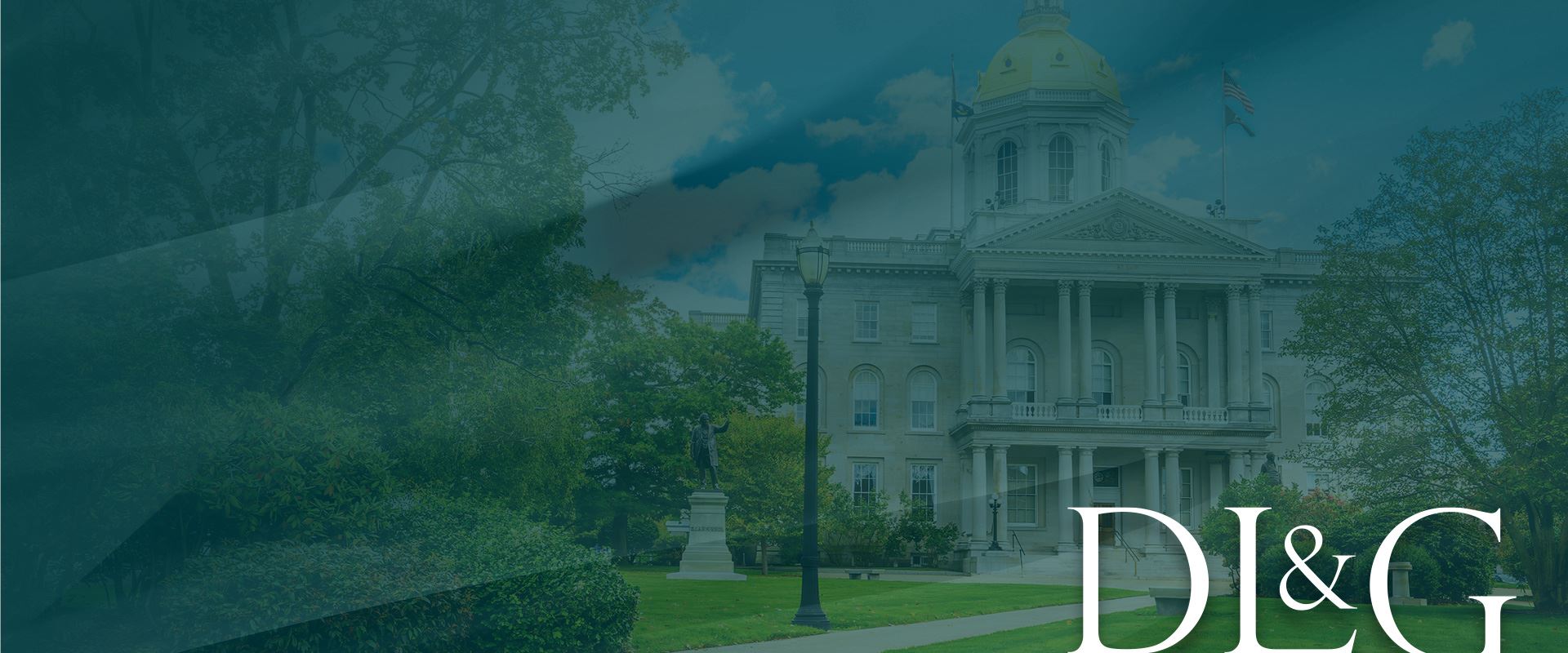The New Hampshire Supreme Court recently announced a slate of rulings that reverse the course of secrecy in police misconduct. For decades, police departments have hidden away from the public any document that revealed any part of an internal investigation of a police officer’s misdeeds. Departments would claim that these documents revealed “internal personnel practices” that were beyond the reach of New Hampshire’s robust public records laws.
Since at least as far back as 1993, that was working. Back then, the Supreme Court ruled that the words “internal personnel practices” in the Right-to-Know law exempted all parts of police investigation. It noted that these words were “broad” and assumed that the legislature meant them to apply to all sorts of situations. The result was that once the police claimed a particular document was an “internal personnel practice,” the courts would go no further; the documents would remain secret.
What the Supreme Court missed back in 1993 was New Hampshire’s longstanding commitment to transparency. Unlike many states, New Hampshire’s Constitution specifically recognizes the importance of allowing the public to see “what its government is up to.” Part 1, Article 8 states:
All power residing originally in, and being derived from, the people, all the magistrates and officers of government are their substitutes and agents, and at all times accountable to them. Government, therefore, should be open, accessible, accountable and responsive. To that end, the public’s right of access to governmental proceedings and records shall not be unreasonably restricted.
The New Hampshire Right-to-Know law has affirmed this principle by opening with: “Openness in the conduct of public business is essential to a democratic society. The purpose of this chapter is to ensure both the greatest possible public access to the actions, discussions and records of all public bodies, and their accountability to the people.” This is the key that the Supreme Court finally got right this year. Instead of starting with a discussion of what “internal personnel practices” are, we start by assuming that the public deserves to see the records. Then, we define the exceptions as narrowly as we can so that the public can see as much as is necessary. The effect of this analytical correction is to set the limits of what records can be public according to the purposes of the law rather than whatever dictionary is on the judges’ shelves.
In the end, the Supreme Court proclaimed that we would apply a balancing test whenever the release of police discipline records would “constitute an invasion of privacy.” In such a case, the government is supposed to ask itself whether the requested documents “inform the public about the conduct and activities of their government”—then, it must decide whether revealing that information to the public is more or less important than the officer’s interest in keeping that information private. Some of the important factors here are: the rank of the official; the type of misconduct; and the government’s response to the misconduct. For example, the public has a great interest in knowing how the police department investigated its Deputy Chief for his part in an underground gun smuggling scheme. But does the public really have much of an interest in documents showing that a junior officer took the wrong lunch out of the community refrigerator? Likely not.
Identifying the interests at stake and advocating for yourself can be confusing and exhausting. If you’ve been stonewalled by the government in your effort to get documents detailing official misconduct, it’s worth talking to a lawyer who is familiar with the Right-to-Know law. You can start by calling us at Douglas, Leonard & Garvey, P.C., (603) 288-1403 or fill out our online contact form.
